Why SASE Outpaces Traditional Security: A Guide to Navigating Modern Network and Cloud Threats
By: Stephen Sigmon
As cyber threats grow increasingly sophisticated and the modern workforce becomes increasingly dispersed, traditional security methods struggle to keep pace with the demands of modern networks and cloud environments. Enter Secure Access Service Edge (SASE) — a revolutionary approach that combines network and security functions into a unified, cloud-native platform. This blog will explore why SASE is becoming the go-to solution for forward-thinking organizations and how it outperforms traditional point source security in addressing today’s security challenges.

The Challenge: Traditional Security’s Limitations
Traditional point source security methods — like firewalls, VPNs, and intrusion detection systems — have served us well in the past. However, as enterprises adopt more hybrid environments with employees working from multiple locations and leveraging various cloud services, these systems reveal their limitations.
When assessing traditional point source security, it’s important to recognize that while these systems are reliable in static environments, they fall short in dynamic, cloud-centric landscapes. The challenges of managing these disparate systems can strain IT resources and leave gaps in protection.
SASE: A Unified Solution
SASE’s cloud-native architecture directly addresses these challenges by integrating multiple security functions into a single platform, reducing complexity, simplifying IT management, and enhancing protection for remote endpoints and cloud applications.
Here are some key benefits of SASE:
– Simplified Management
SASE consolidates multiple security functions into a single platform, reducing the need for managing and maintaining various point solutions.
– Enhanced Security
SASE offers comprehensive security features, including firewall, VPN, intrusion prevention, and web filtering, all integrated into a unified platform.
– Improved Performance
SASE leverages cloud-based infrastructure to deliver consistent and high-performance network access, regardless of user location.
– Scalability
SASE can easily scale to accommodate growing business needs and changing workloads.
– Cost-Effectiveness
While the upfront investment in SASE may seem significant, the long-term savings in management costs, coupled with enhanced security and scalability, often outweigh the initial expenditure.
Cost-Benefit Analysis and Scalability
Organizations should carefully evaluate the cost-benefit analysis of SASE implementation. While the initial investment may be higher than traditional security solutions, the long-term savings in management costs and improved security can justify the expense. Additionally, SASE’s scalability allows organizations to adapt to changing business needs without significant additional costs.
Vendor Selection: Choosing the Right SASE Provider
Selecting the right SASE provider is crucial. AireSpring, in partnership with CATO Networks, offers a seamless transition from traditional architectures to a comprehensive Managed SASE solution, ensuring that your network and cloud security evolve with your business needs.
Conclusion
Navigating the complexities of network and cloud security requires a forward-thinking approach. In today’s fast-evolving digital landscape, relying on traditional security models is no longer sufficient. SASE offers a robust, scalable solution that meets the demands of modern, distributed workforces while simplifying network management. At AireSpring, we are committed to empowering organizations with the most advanced security solutions, ensuring your business remains protected, resilient, and ready for future growth.

About the Author
Stephen Sigmon – VP, Solutions Engineering, AireSpring
Stephen Sigmon is an innovative technology engineering executive with over 25 years of experience. His expertise includes strategic design and deployment of advanced global networks, UCaaS, and SD-WAN / SASE solutions. Stephen is a Cato SASE and Fortinet Security Certified Expert.
















